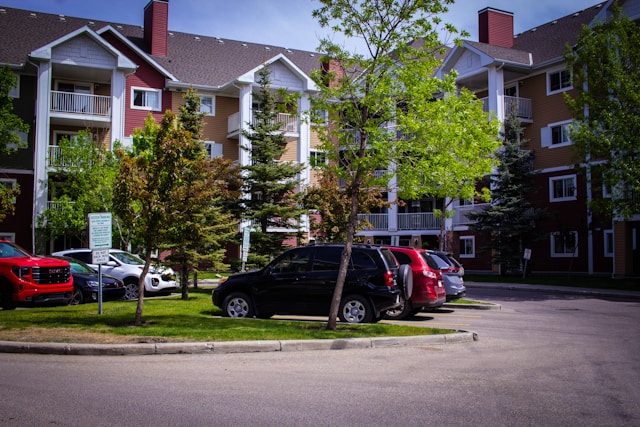Being a landlord comes with its fair share of responsibilities, and one of the challenges that many landlords face is dealing with property damage. Whether it’s due to natural disasters, accidents, or tenant neglect, property damage can be a stressful and costly issue to address.
In this blog, we’ll explore some essential tips for landlords on how to handle property damage and minimize its impact on both your property and your peace of mind.
Insurance is Your Best Friend
The first line of defense against property damage is a robust insurance policy. Make sure your property is adequately insured to cover various types of damage, including fire, water damage, and natural disasters. Regularly review and update your insurance coverage to ensure that it aligns with the current value of your property and the potential risks in your area.
Regular Inspections and Maintenance
Prevention is often the best cure. Conduct regular property inspections to identify potential issues before they escalate into major problems. Addressing minor repairs promptly can prevent them from turning into significant and costly damages. Additionally, schedule routine maintenance tasks, such as checking the plumbing, electrical systems, and the roof, to keep your property in top condition.
Thorough Tenant Screening
One of the most effective ways to prevent property damage is by selecting reliable tenants. Implement a thorough tenant screening process that includes checking rental history, employment status, and references. A responsible tenant is more likely to take good care of your property and report any issues promptly.
Clear Communication
Establish open and transparent communication channels with your tenants. Encourage them to report any maintenance issues promptly and provide clear guidelines on what they are responsible for in terms of property upkeep. Prompt reporting allows you to address problems early on, preventing them from escalating into more significant damage.
Document Everything
In the unfortunate event of property damage, thorough documentation is crucial. Keep detailed records of the property’s condition before and after each tenant moves in and out. Take photographs and notes, and ensure that both you and your tenants sign off on the property condition reports. This documentation will be invaluable when dealing with insurance claims or disputes.
Emergency Preparedness
Equip your property with the necessary safety measures, such as smoke detectors, fire extinguishers, and emergency exits. Provide tenants with information on what to do in case of emergencies. Being proactive about safety can mitigate potential damages and ensure the well-being of your tenants.
Swift Response to Damage Reports
When damage does occur, act promptly. Respond to tenant reports of damage quickly and assess the situation. Address urgent issues immediately to prevent further harm to the property. Having a reliable network of contractors and repair professionals can expedite the restoration process.
Dealing with property damage is an inevitable part of being a landlord, but with careful planning, preventive measures, and swift action, you can minimize the impact on your property and your bottom line. By investing time and effort into proactive strategies, you’ll not only protect your investment but also create a positive and responsible living environment for your tenants.





